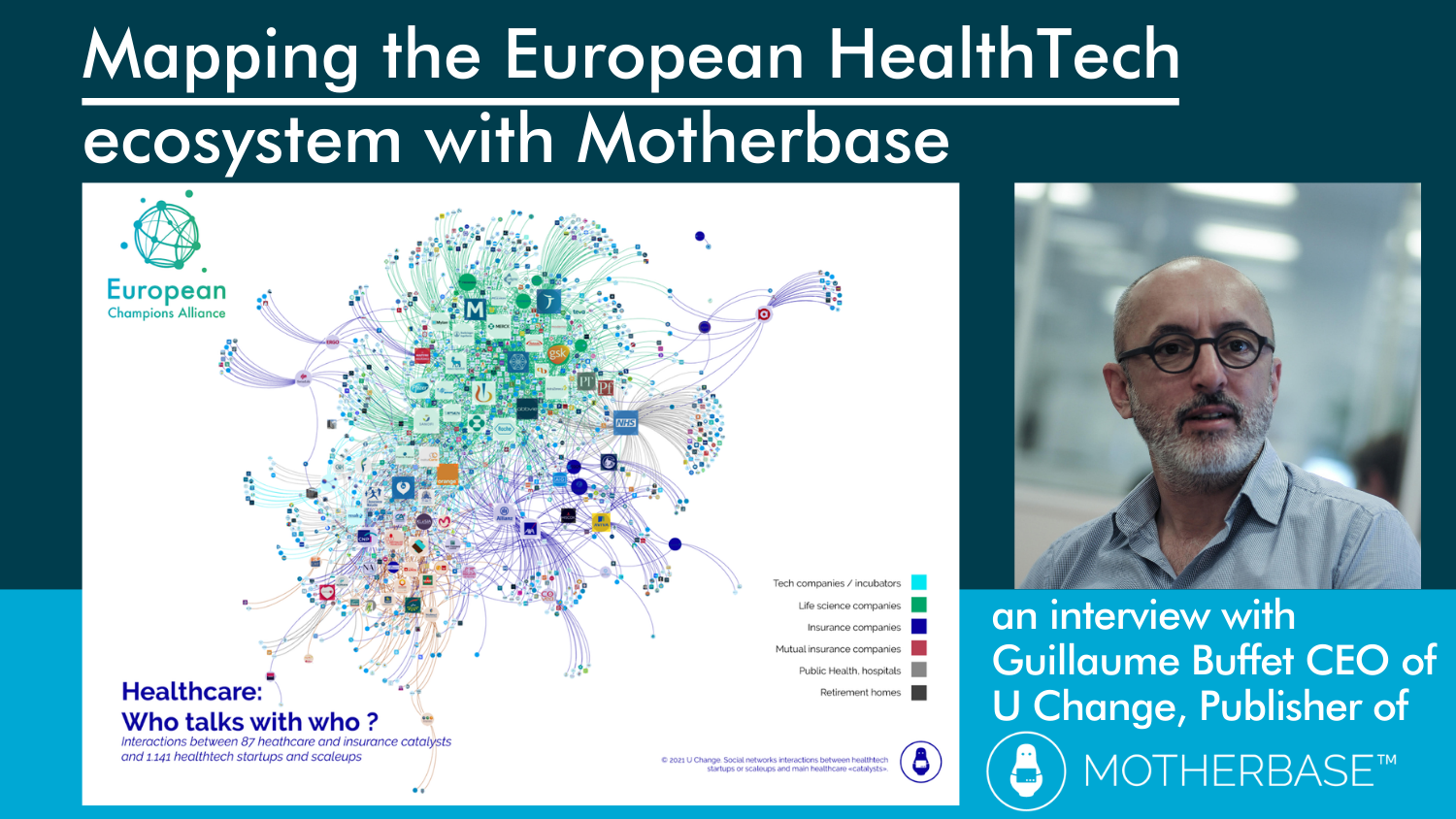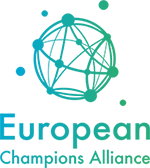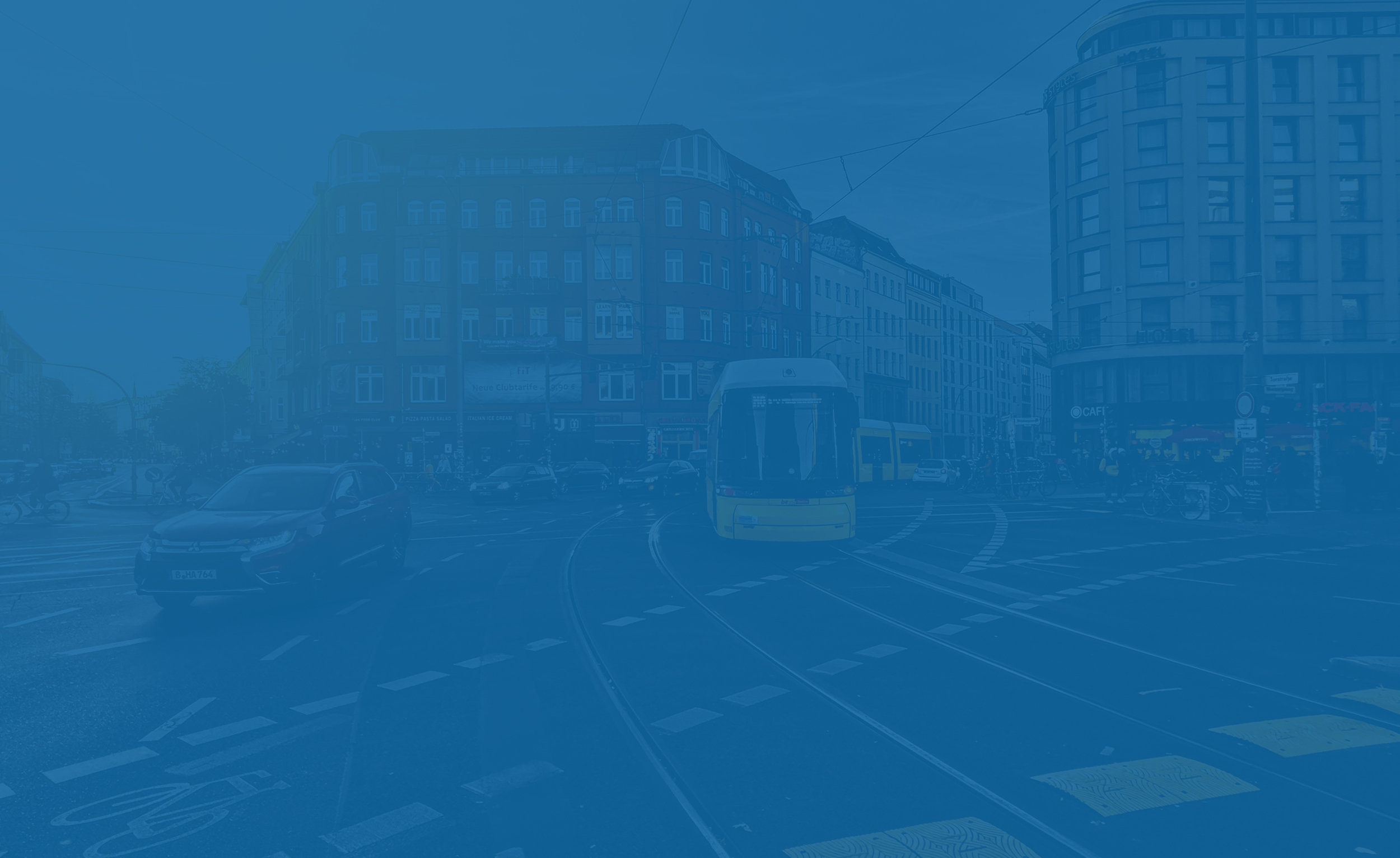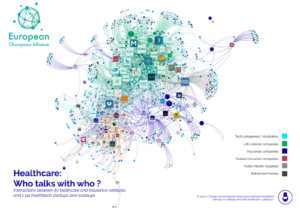
14 Jun Interview with Guillaume Buffet – Motherbase
How does Motherbase work?
Motherbase is an AI-powered SAAS software that analyzes digital interactions between big public or private corporations and innovative institutions (startups, scaleups,…). Without any human interaction, Motherbase’s algorithms scan conversations in social networks to identify those bodies and then define who they are, what they do and gathers all sorts of interesting information about a company in a specific field.
Thanks to AI, this information is automatically updated on a regular basis. For instance, Motherbase is able to provide an overview of the number of a startup’s employees, every month. This makes it much more dynamic than yearly updates from other institutions. All of this done automatically: Motherbase never asks for any information (questionnaire, etc.) as these data exist online: provided on a companies’ website, LinkedIn account, etc. This very original approach is a guarantee to have updated information.
After several years of R&D, Motherbase has been developed in-house by a European team of researchers, data scientists, and software development experts.
Good to know: the framework is open source.
What’s a mapping?
Generally speaking, for any reader who has never experienced AI, it is quite complicated to understand what algorithms do. In a nutshell, they often identify correlations between elements or topics in large amounts of data. The mappings that Motherbase produces make it easier to understand these links and correlations.
So in short, Mappings make these links visible. It’s a virtual map that has been used to display social graphs between Twitter users but also to identify, for example, relationships between organizations or between industries and startups.
What are your key insights on this mapping? How do I read and interpret it correctly?
First of all, the big logos are the logos of “catalysts”; larger corporations and institutions that play a key role in a specific sector. The smaller logos are the startups that have started conversations with those catalysts. The links explain who talks with whom. Furthermore, there are different categories of companies, like life science and insurance companies. The different colors are linked to those categories. Each link is the representation of an online conversation.
Motherbase’s algorithm finds out automatically what category they are in. Moreover, it is important to note that Motherbase has a broader interpretation of what “health” is than the definitions made by other institutions. In fact, it is the interpretation of the public! That means that Motherbase only reflects what society already interprets as “health”, it does not modify or dilute it. When Motherbase analyzes interactions, it does not choose to discard players in consideration of technical decision making, it just displays “digital reality”. For instance, sports and wellness are often not considered as part of the “health industry”, but are here included, in a wider sense as the public – and startups do consider for instance that sport participates to live a healthier life.
So to analyze this mapping, we can note that a startup in the center has much more interactions with the key players than a startup on the edge. Additionally, we can see that there are green areas, blue areas , brown areas and so on. That means that the algorithm noticed that the startups work with the same sector, with the same companies in the same country. In fact, this is true for almost all of the mappings of all industries.
Before the mapping was done, the hypothesis was that everyone was working with everyone within HealthTech, but it is not the case. Startups’ conversations are specific to the category of a corporation.
Another conclusion is that French corporations are very close to each other, as well as British ones and so on. Followingly, these companies have recreated frontiers of borders, even if there are no frontiers on the internet! This is surprising because one could think that on the internet, there are no barriers, but Motherbse proves that it is a reality. The team of Motherbase found out that whatever the industry, companies mainly interact with their national counterparts.
This is where the ECA, in particular, can act upon and should incentivize startups to work with cross-border clients.
How long does mapping take?
In short, 10 minutes for a first draft. To be more aesthetic and precise, it can take a couple of additional hours. This means that the algorithm is able to identify and qualify these digital interactions.



